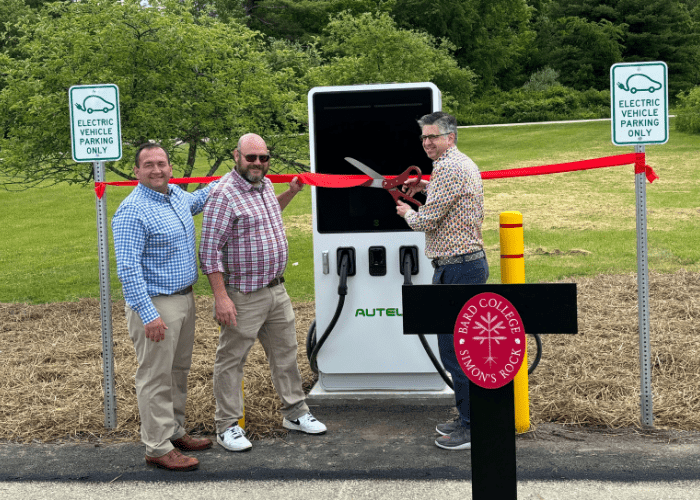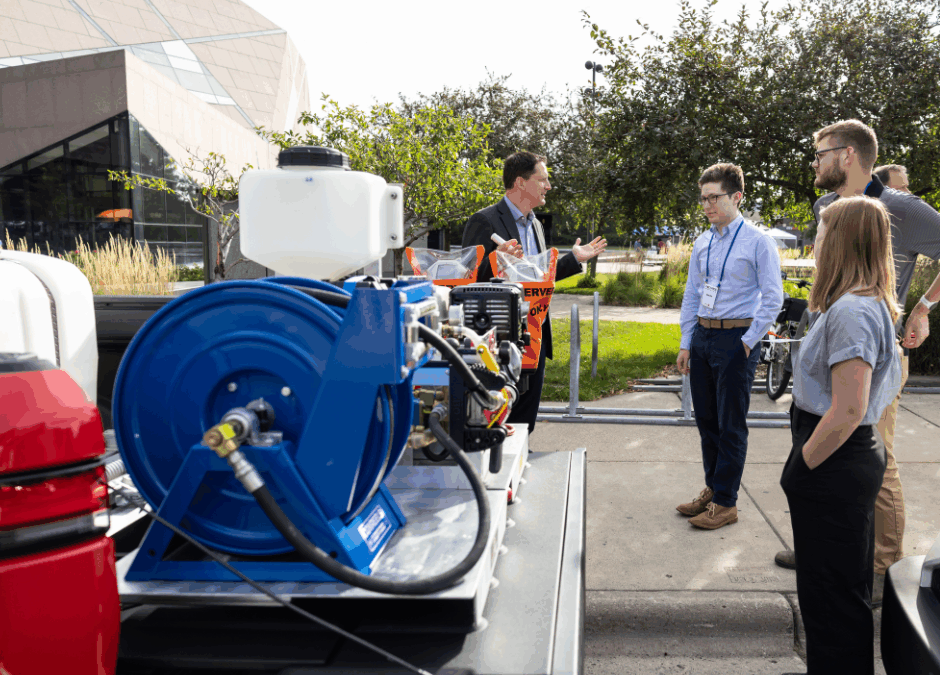Across the country, small and mid-sized communities are eager to embrace transportation electrification — but most lack the local capacity to design and deliver effective programs on their own. Staff time, funding, and technical expertise are often limited. Utilities can play a transformative role by helping these communities create strategic plans that consider charging infrastructure, fleet transitions, education, and local economic impacts.
At REACH Strategies, we’ve supported the development of more than 80 community transportation electrification plans over the past year, including in some of the nation’s most politically conservative regions. The lesson is clear: communities are hungry for technical assistance — from fleet electrification and charging network planning to customer education — but they need a partner to help lead the way. When backed by the right expertise and vision, effective plans don’t have to be slow or costly to deliver.
The benefits are measurable. ACEEE reports that utilities with formal electrification plans are better able to anticipate grid needs, avoid unnecessary costs, and align investments with community priorities — reducing health and pollution disparities in the process. The U.S. Department of Transportation has also shown that electrification infrastructure in rural and underserved areas sparks economic development, grows workforce opportunities, and delivers public health improvements — outcomes that local leaders consistently rank as top priorities.
By helping your communities chart their own roadmaps, your utility can expand its impact, build lasting trust, and accelerate adoption across your entire service territory. Let’s explore how to bring this model to your customers.
Explore More:






